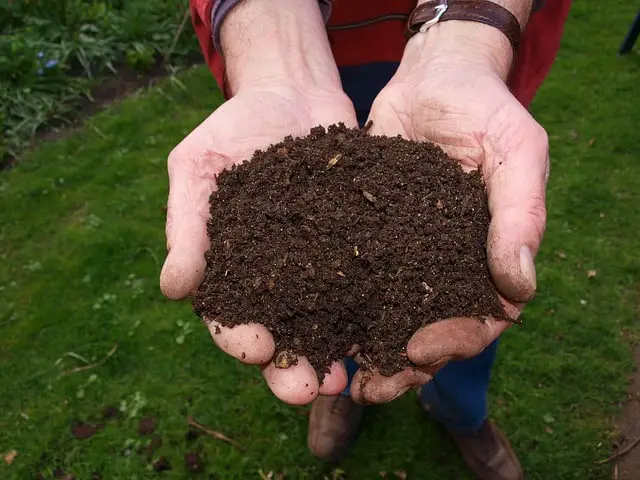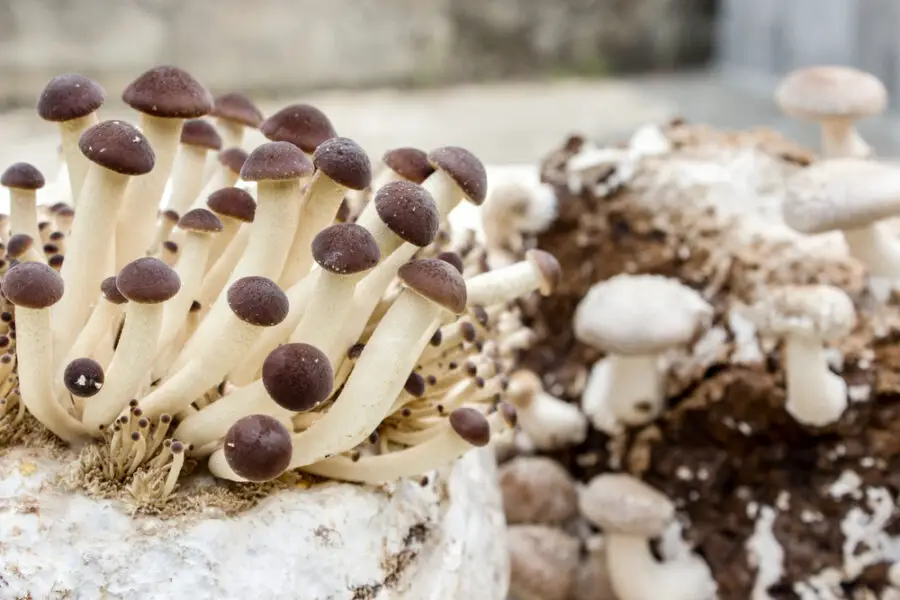To start a mushroom farm, you’ll need ideas, a plan, inspiration for when the going gets tough, and of course the space and materials.
Entrepreneurship can be difficult. It’s important that you have ideas that you could try out later, a plan for how you’ll spend capital and use resources, and inspiration for when things aren’t turning out as planned. Money may be a great motivator, but when you’re investing money without return, it’s easy to get discouraged.
The space you’ll need depends on what scale you want to farm. Starting small is wise because you’ll get to try your hand at the trade without a large investment.
The materials you need will vary depending on what kind of mushrooms you decide to try to grow. Different mushrooms require different conditions, so research your mushrooms to find out how to get spores, what kind of growing medium they need, and what kind of atmospheric conditions they grow best in.
What is a mushroom farm?
A mushroom farm is a space set aside and dedicated to growing mushrooms.
A mushroom farm is a temperature-controlled, moisture-controlled, and lighting-controlled space that can be cleaned between harvests. Usually, the floor will be concrete and the space will be large enough (vertically or horizontally) to produce a substantial amount of mushrooms.
How does a mushroom farm work?
There are steps in farming mushrooms, just like there are steps in cultivating other crops. Cultivating mushrooms consists of composting, spawning, casing, pinning, and cropping.
After harvesting your crop, you’ll then find a way to sell your mushrooms and turn a profit.
What is mushroom farming called?
The cultivation of mushrooms and other fungi is known as fungiculture.
How do I start a mushroom farm?
To start a mushroom farm, you need the materials and a plan.
The materials include the spawn, the growing medium, and substrate.
A business plan is an important step for any business venture, including a mushroom farm. This plan will detail how you’ll use your capital and other resources to open and maintain your business and how you’ll use your profit.
What do I need to start a mushroom farm?
To grow mushrooms, you need mushroom spores or culture. Collecting mushroom spores is a simple process. You need a mature mushroom, stem removed. The gills of the mushroom needs to be exposed.
To get the spore print, you can place the exposed gills face down on paper or cardboard and place a glass over the top. If you come back after 24 hours, you should see a print on the paper or cardboard.
This print is the spores that fell out of the mushroom. Keep the spores in a sealed container in a dark, dry, and cool place until you’re ready to cultivate your mushrooms.
You’ll have to have a growing medium of some kind. Straw, cardboard, coffee grounds, compost, manure, sawdust, or other wood chips are some of the mediums that mushrooms can grow on.
You’ll also need a controlled environment so you can regulate the light, temperature, and humidity.
How do I sell mushrooms?
One of the easiest ways to sell mushrooms is to find restaurants that can use them. You can visit restaurants and talk to the general manager about possible partnerships. This would allow you to sell them in wholesale quantities.
Another option for selling your mushrooms would be asking local grocery stores if they would put your product on their shelves. This way you would be giving the grocer a cut of the profit because it’s unlikely that they’ll pay you for the mushrooms upfront. Rather than selling it to them directly, you’d be relying on them to sell your product.
Farmer’s markets are great for any small-scale farming business because it allows you to see and get to know your customers, build a relationship with them, understand what they need from your product, and find out what else they would be interested in. Plus, you don’t have to share your profit with other vendors.
One way to sell your products is a unique option. You can partner with other farmers and add your mushrooms to food co-ops. This is a way that the customer can get a variety of fresh produce as a subscription. You can add your mushrooms to the box, adding value to it, and then reap the rewards (getting paid!).
You could potentially dehydrate your mushrooms and sell them that way. This is an option for someone who has a large harvest and can’t sell all the mushrooms right away. It would be great to have a product with a longer shelf life to sell for a longer period after your harvest.
Should I start a small-scale mushroom farm?
Something you should consider before beginning any business venture is your starting capital. If you don’t have the funds to sustain a business in the beginning, it’s likely not going to work out for you. It costs money to purchase materials, build a brand and a website, and it’s going to cost a lot of time to do each of those things.
Time is an undervalued investment in most business ventures. Planning, doing the work, facing problems as they arise, and harvesting (plants or otherwise) is time-consuming. Going into any kind of business, you should be aware of the time commitment you’re facing.
How much does it cost to start a mushroom farm?
A small-scale mushroom operation can cost around $3000 to start up in a small space you already have. If you already grow plants, you may have less investment to make if you already have some of the materials you need.
A large-scale mushroom operation can cost up to $100,000, especially if you have to purchase space or build any buildings to farm.
Are mushrooms easy to grow?
Fungi are generally easy to grow, but different types and varieties will differ in difficulty. It’s a simple process as long as you keep it clean and stay patient.
Some of the easiest and in-demand mushrooms you can start out with and make a profit from are oyster mushrooms. They’re beginner-friendly and at the end of the first harvest, you’ll know if you really want to begin a larger project like mushroom farming.
How can I market my mushroom business?
There are ways you can market your business without investing in ads and expensive marketing tactics.
Marketing is a large investment that can help your business, but it’s wise to see a profit before you start investing in ads and other marketing tactics because it can dry up your finances before you realize what you’re doing right or wrong.
Social media presence is a great way to get your business out there. Facebook is free to set up and use as long as you don’t start ads. Simple and free tools exist to help you plan and prepare your social media posts, and business accounts on social platforms don’t cost you anything.
Business cards are a low up-front cost that you can use for your first year and see where it takes you. It’s easy to pack a business card in with your products to get the customer to come to your website or social media account.
Hi, I’m John Stephens, chief editor and writer for Totalgardener.com. I’ve been gardening and raising animals for over 15 years starting with a small backyard plot in Northern Virginia where I grew corn, potatoes, squash, and using a high mulch technique called the Ruth Stout Method. I also raised ducks and small mammals for meat and eggs in a movable pen similar to the ones used by Joel Salatin. I later moved to Colorado where I experimented with growing greens using aquaponics inside. I eventually added a microgreens setup and home sprouting operation. I’m excited to share everything I’ve learned plus more from the other local gardening and animal raising experts I know.



